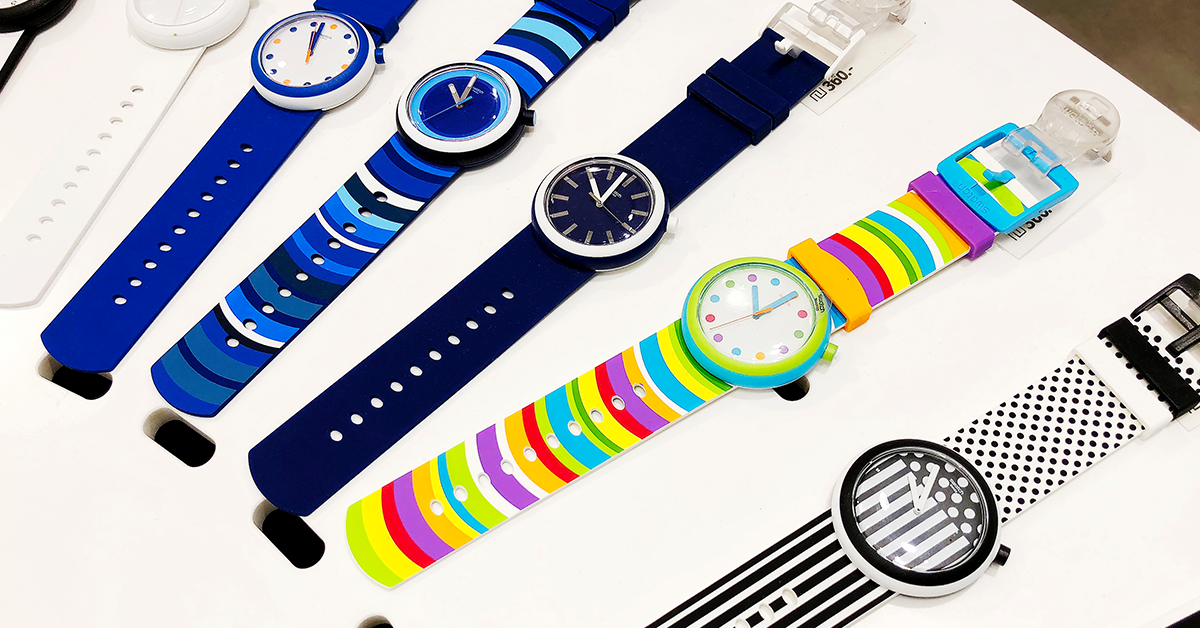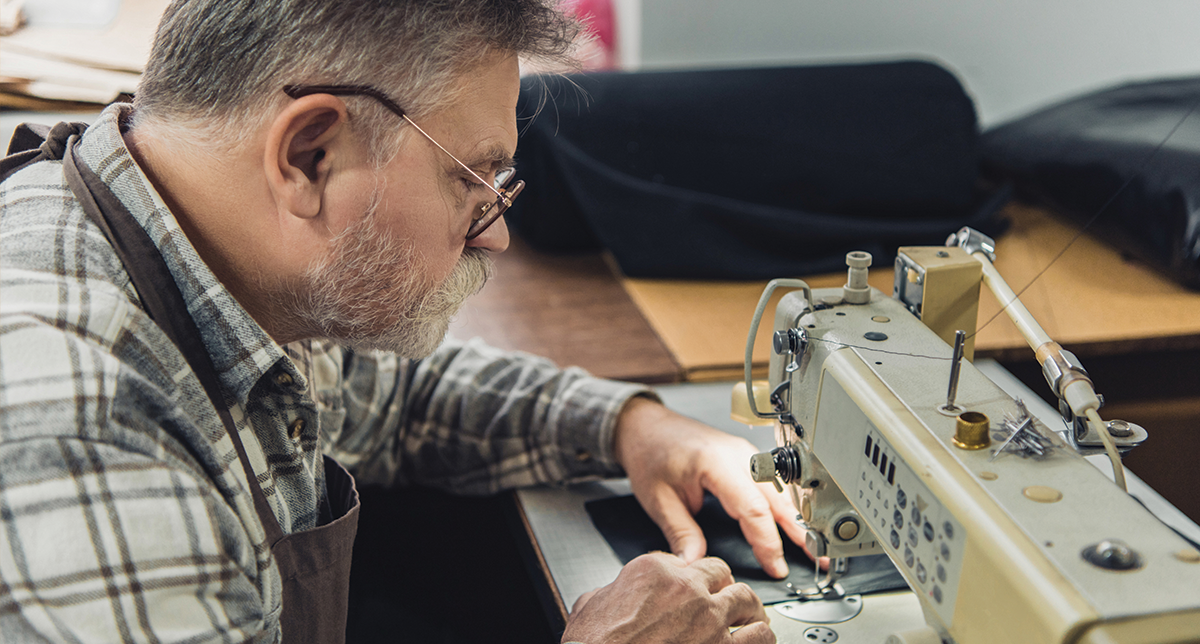Getting into a car accident is a horrible experience. Taking your car to the shop to get it repaired can be a long and arduous process. Thankfully, the researchers at the American Chemistry Council and Michigan State University think so, too, and have developed a “magic glue” that can be bonded, unbonded, and then rebonded again in a matter of minutes.
The glue is comprised of nanoparticles of iron dust inside of a polymer. When an electric current is applied to the compound, the compound vibrates and heats up, debonding the parts without affecting the material around it. The rebonding can even be stronger than the original bonding! The thermoplastic melts and becomes more crystalline. According to ACC Plastics Division auto team Chairwoman Sandra McClelland, the more crystalline the polymer the more strength it has.
Researchers believe that this glue will make more sense economically, since it will require fewer materials to fix the vehicles. Cars today can be fastened together three different ways; by welding, fastening, and bonding. Welding doesn’t work on all materials, and it makes the materials it does work on fuse together permanently. Fasteners have removable parts, but they aren’t as strong when used with plastic. Fasteners can also corrode materials. Adhesive bonding is strong and can spread out the stressors over the entire material. This type of bonding made it practically impossible to repair, that is, until the magic glue was invented.
Researchers found that the bonding and rebonding process actually made the polymers stronger, which is great news when looking to repair a vehicle. They also found that they can adjust the chemistry to work with almost any thermoplastic adhesive, and the joints were able to survive up to 100 cycles of bonding and rebonding. It’s quicker than most other methods of fastening, costs less, and can be done by robots. When the car is ready to be scrapped, the recycling process is quicker and more cost efficient as well.
So far, researchers are optimistic about the practical applications of this magic glue, and don’t foresee any major technical difficulties. With this new technology, we could be seeing lighter, greener cars in our future!







